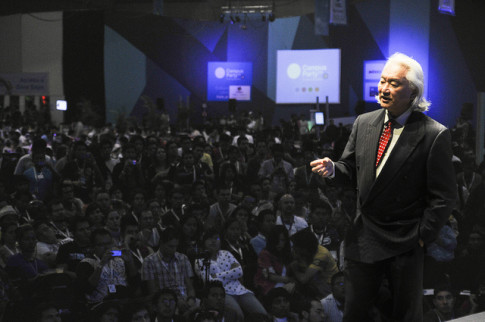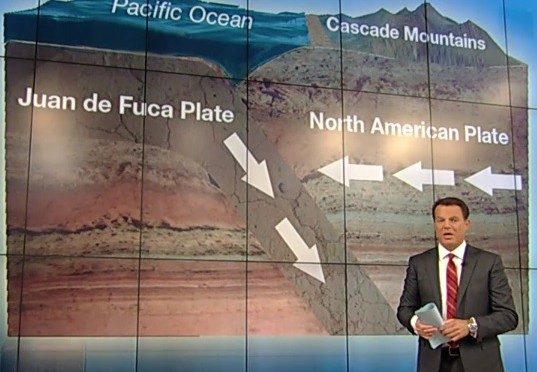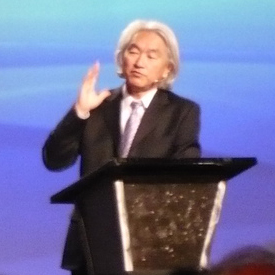When Japan was rocked by a massive earthquake and tsunami back in March, we told ourselves the worst was behind us.
Tens of thousands dead, an economy shattered, whole communities razed.
Surely the Japanese had suffered enough.
But all these weeks later, the crisis is far from over.
The crippled Fukushima nuclear plant is still leaking and, judging from the experience at Chernobyl, Japan’s recovery won’t be measured in years, but centuries.
Full transcript: LIZ HAYES: On Japan’s eastern shores where thousands of people once lived there are now only neat piles of rubble and an eerie silence to mark the tsunami that so devastated a nation. But it’s not long before that silence is shattered signalling there’s another disaster looming. What’s it saying, Frank?FRANK JACKSON: It’s nothing like it’s said before.
LIZ HAYES: We’re heading for ground zero of Japan’s nuclear crisis the meltdown of the Fukushima power plant. It’s more than 20km away, but already we’re picking up its deadly fallout.
FRANK JACKSON: The radiation is building, the further we go in so it’s going to be too dangerous to carry on.
LIZ HAYES: So we actually have to stop here.
FRANK: Yep. I’m not willing to take you any further.
LIZ HAYES: Radiation expert Frank Jackson and his Geiger counters tell us we’ve already come too far. Even the protective gear is not enough?
FRED: Gamma is the strongest form of radiation it will go through most things apart from lead.
LIZ HAYES: Well, that’s the type of radiation we want to avoid.
FRED: It is. Yeah.
LIZ HAYES: Fukushima a major supplier of Japan’s power once looked like this. These shocking new images show the moment the tsunami smashed into the plant triggering a series of fires and explosions. Just 200 kilometres from Tokyo, three of the six nuclear reactors at Fukushima are now in meltdown and deadly radiation has already leaked into the sea and air.
MICHIO: They say the reactor is stable, yes, that’s true. Stable like you’re hanging on the edge of a cliff hanging by your fingernails and that one by one your fingernails start to crack. That’s stability. In other words, it’s a race against time.
LIZ HAYES: If you thought nuclear disaster had been averted in Japan, then meet physicist, Michio Kaku.
MICHIO: If you’ve been exposed because you’re an atomic worker, even after you’re long dead and buried your gravesite will be radioactive. Your great grandkids can come with Geiger counters and see that great granddaddy still has radiation at his gravesite.
LIZ HAYES: Are you serious?
MICHIO: I’m serious
LIZ HAYES: The death and destruction, the displacement of so many families has been quite shocking and radioactive contamination just adds another layer to what is already an unspeakable tragedy, these were obviously people’s homes but because the nuclear plant is just 20 kilometres the decision to return rebuild may well be out of their hands. More than 135,000 people have been forced to evacuate. The streets, in towns and villages are now mostly deserted. And locals have been told their food and water may be contaminated. Shall we test these?
FRED: There’s the same as an X-ray according to this.
LIZ HAYES: So every time you have a cabbage you have an X-ray.
FRED: Yep.
LIZ HAYES: These are Japan’s radiation refugees, thousands who are now living in cardboard shelters sleeping on the floors of public buildings with few possessions and little privacy and facing a future that doesn’t seem to offer much more. When you look at this I do feel like I’m looking through someone’s window. People have gone to a lot of effort to try and make a cardboard box home.
CHIA: Yeah, I’m surprised to see there are photographs and all the book shelves built up.
LIZ HAYES: Many Japanese people, like Chia Matsumoto fear their country will never fully recover. Do you think you’ll ever be able to take food, water, the air you breathe for granted again?
CHIA: Ah, knowingly no, I don’t think so. I just have to believe that that’s safe to eat or drink. But somewhere in my mind I’m sure I know and I always suspect or always doubt is this, I have to ask myself “is this is okay, or if I do this, is it going to show in my health in a few years’ time. I already do.”
MICHIO: These are guinea pigs in some sense. Human guinea pigs to see exactly how radiation disperses in the environment and exactly how it’s incorporated into people’s bodies and into their children’s bodies and as the years and decades go by we’ll see an increase in cancer.
Read moreFallout! (60 Minutes): Japan’s Recovery Won’t Be Measured In Years, But Centuries – Michio Kaku: These Humans Are Guinea Pigs!



